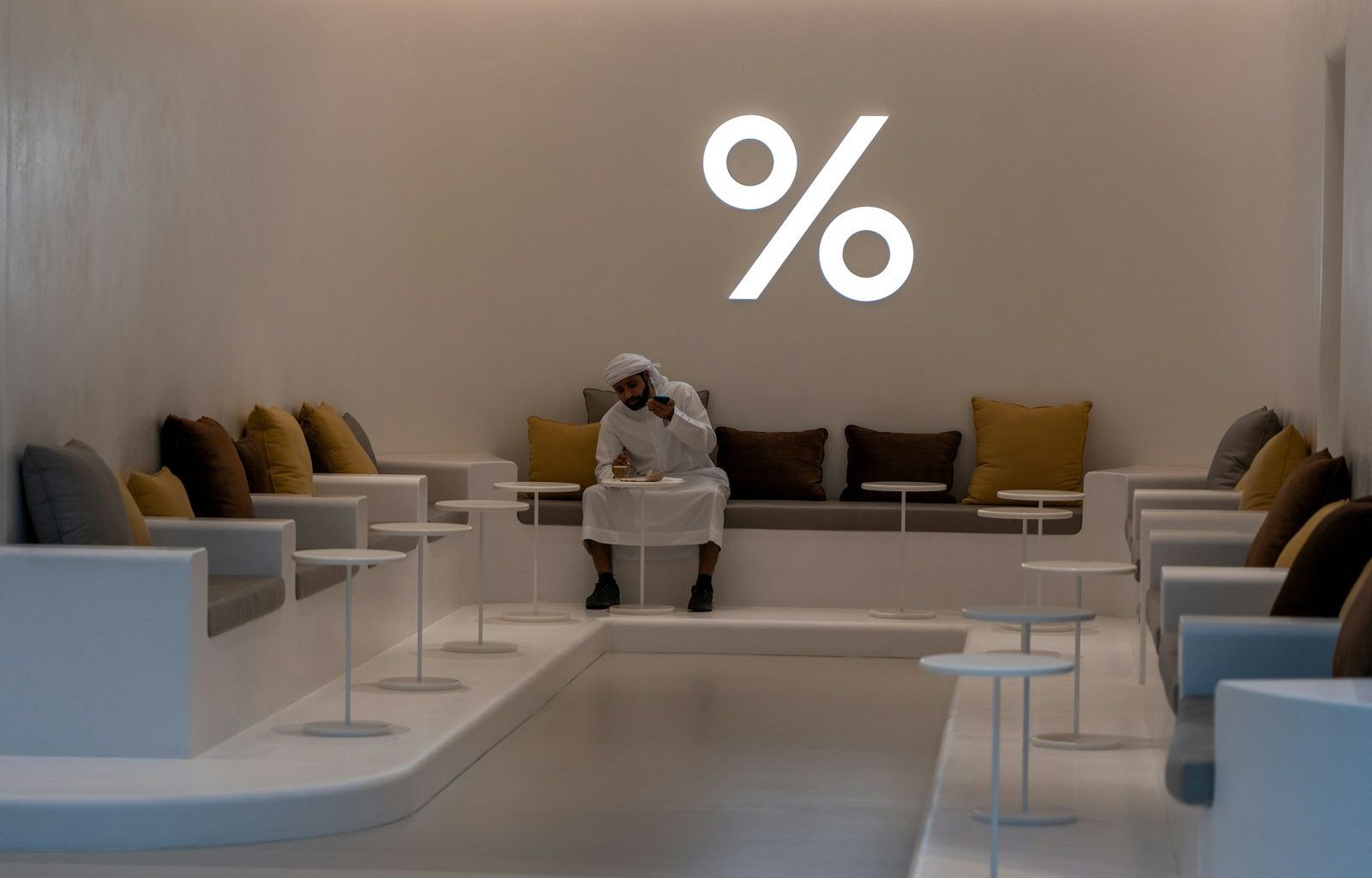If you’re involved in music production, you’ve probably heard about a producer percentage split sheet. At first, it might sound complicated, but it’s actually a straightforward tool that helps ensure everyone involved in a song gets paid their fair share. Whether you’re an artist, producer, or songwriter, knowing how to use a split sheet is essential to protect your rights and avoid future conflicts.
Let’s break it down in simple terms: a producer percentage split sheet is a document that outlines how the royalties and earnings from a song will be divided among everyone who contributed. It’s a way to ensure transparency and fairness from the start. If you’re thinking, “I’ll deal with it later,” hold that thought—you’ll thank yourself for handling it now!
Why Do You Need a Producer Percentage Split Sheet?
When you’re in the middle of a creative process, it’s easy to focus only on making great music. However, without a producer percentage split sheet, you’re leaving a lot to chance. Here’s why having one is crucial:
- Clarity: Everyone knows their share upfront, avoiding misunderstandings.
- Legal Protection: It acts as a written agreement if disputes arise.
- Earning Rights: Ensures all contributors get paid when the song makes money.
A producer percentage split sheet doesn’t just benefit the producer. It’s a safeguard for everyone—artists, writers, and even session musicians. Transparency fosters trust, and trust makes collaborations stronger.
What Goes on a Producer Percentage Split Sheet?
Now that we know why it’s important, let’s look at what a split sheet typically includes. While it may vary slightly, here are the common details you’ll find:
- Song Title: The name of the track.
- Contributors: Names of everyone involved (producers, artists, songwriters, etc.).
- Percentage Splits: The agreed-upon percentage each person will receive.
- Signatures: Signatures from all contributors to make it official.
- Date: The date the agreement is made.
Some split sheets also include roles or specific contributions (e.g., lyrics, beat production, or mixing) to further clarify each person’s input. This extra layer of detail can help avoid confusion down the road.
How to Determine Fair Splits
Here comes the tricky part—deciding who gets what. This process can feel awkward, but approaching it with honesty and communication makes it much smoother. Start by discussing everyone’s contributions to the project. Typically, the producer gets a percentage of the song’s royalties. This can range from 10% to 50%, depending on factors like:
- How much creative input the producer had
- Whether the producer owns the beat or instrumental
- The agreements between the artist and producer
For example, if a producer also co-wrote the song, their percentage might be higher. On the other hand, if the artist bought an exclusive beat from the producer, the producer might not receive any royalties but would have been paid upfront.
When to Fill Out a Split Sheet
Timing is everything. The best time to complete a producer percentage split sheet is immediately after finishing a song or project. Here’s why:
- Memory is Fresh: Everyone remembers their contributions clearly.
- Avoids Delays: Handling splits early prevents delays when releasing the song.
- Reduces Disputes: Agreements made in the moment are less likely to be contested later.
If you’re working in a studio session, you can even have a split sheet ready to fill out as soon as the track is complete. This keeps everything efficient and organized.
Tools to Make It Easier
You don’t have to create a split sheet from scratch. Many online resources and templates are available to help. Some apps and platforms even automate the process, allowing contributors to digitally sign and store their agreements. Examples include:
- Split Sheet Templates: Free or paid templates you can download.
- Music Collaboration Apps: Platforms like Songtrust and SoundCredit streamline royalty splits.
- Legal Software: Tools like DocuSign make signing and storing agreements a breeze.
These tools save time and ensure that your agreements are professional and legally binding.
Common Mistakes to Avoid
Even with a producer percentage split sheet, things can go wrong if you’re not careful. Here are some common mistakes and how to avoid them:
- Verbal Agreements Only: Always get everything in writing, no matter how close you are with your collaborators.
- Vague Terms: Be specific about roles, percentages, and rights.
- Skipping Signatures: Ensure everyone signs the split sheet to make it official.
- Not Updating Splits: If contributions change during the process, update the split sheet accordingly.
Real-Life Examples of Split Sheets Gone Wrong
If you’re still not convinced about the importance of a producer percentage split sheet, let’s look at a few real-world examples where things went south due to unclear agreements.
Example 1: Producer vs. Artist
A producer creates a hit beat and collaborates with an artist to create a chart-topping song. However, they never discuss royalties or sign a split sheet. Months later, the song generates significant revenue, but the producer isn’t receiving a fair share. A legal battle ensues, damaging their relationship and costing both parties time and money.
Example 2: Multiple Contributors
A group of producers, writers, and artists collaborates on a project. Without a split sheet, they each assume different splits. When the song earns royalties, disputes arise, delaying payouts and leading to unnecessary conflict.
Wrapping It Up
A producer percentage split sheet might seem like a small step, but it’s a game-changer in the music industry. It ensures fairness, transparency, and legal protection for everyone involved. The next time you’re in the studio, don’t overlook this vital document. By taking the time to create and sign a split sheet, you’re setting yourself up for a smoother, more professional music career.
For further reading, explore these related articles:
- The Weeknd’s New Album: A Journey into Music Like Never Before
- Everything You Should Know About the Best Original Song Oscar 2023
For additional resources on music marketing and distribution, visit DMT Records Pvt. Ltd..






